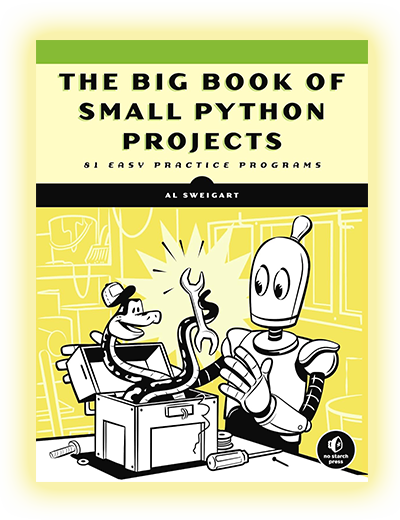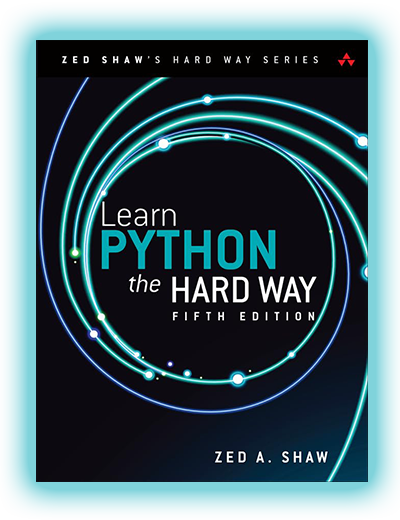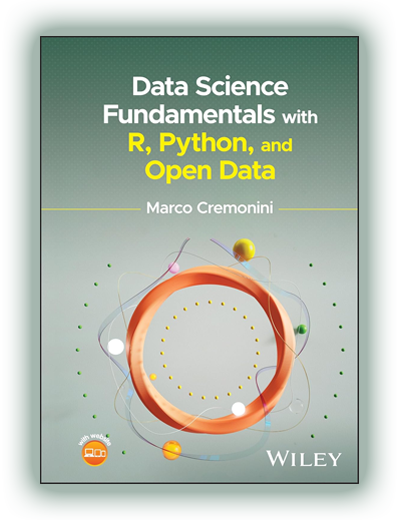"Minimalist Data Wrangling with Python" is not just another Pandas reference book. It is a fundamental and rigorous guide designed for those who want to understand data handling at a deep level. Author Marek Gagolewski takes a systematic approach: no unnecessary theory, just clear logic, clean code, and mathematical precision. This book is especially valuable because it shows how to properly structure data, prepare it for analysis, and minimize errors during transformation.
The book avoids trendy frameworks and superficial tools-everything is based on Python and Pandas, with an emphasis on clarity, conciseness, and correctness. Download the book "Minimalist Data Wrangling with Python" in PDF for free to learn how to wrangle data quickly, accurately, and in line with professional standards. This is a case where less truly means more.
Who Should Read This Book?
- Students and graduate researchers - The book focuses on proper data handling and common mistakes, essential for academic work.
- Data analysts working with large datasets - Learn how to avoid pitfalls in aggregation, filtering, and transformation.
- Python developers integrating data pipelines into products - A solid architectural reference for real-world data wrangling.
- Machine learning engineers - Helps prepare datasets for modeling without bias or information loss.
- Instructors and mentors - The structured explanations and precise language make it an excellent educational tool.
What’s Unique Inside "Minimalist Data Wrangling with Python"?
Unlike most books on the subject, this one is built on the philosophy of teaching how to think, not just how to use tools. It starts with conceptual foundations of tabular structures and operations on rows and columns, then transitions to actual coding. This approach ensures you understand the "why" behind every data operation.
The book covers core topics: filtering, aggregation, grouping, joining, and data cleaning-always grounded in mathematical rigor. This is especially important in academic and business reporting.
Unlike introductory books focused on visualization or modeling, this guide is purely about wrangling-transforming data into analysis-ready formats. Only proven libraries are used: Pandas, NumPy, and standard Python tools. The code is annotated and presented with the scientific clarity of a research publication.
Ideal for anyone who wants to truly understand data transformation and avoid common logic errors, especially when dealing with complex or imperfect datasets.
How Can You Apply This Book in Practice?
- Clean and normalize raw data from CSV, Excel, or databases
- Perform aggregation and grouped processing of large datasets
- Build data preparation pipelines for ML projects
- Convert messy tables into structured DataFrames
- Debug and ensure data integrity in analytical reports
More About the Author of the Book
The Developer's Opinion About the Book
When I first opened this book, I expected another Pandas cookbook. But it turned out to be on a completely different level. It doesn't teach you to copy code-it teaches a systematic way of thinking about data. Marek Gagolewski really shows how to think analytically before writing any code. What impressed me most was the emphasis on correctness. In real projects, most mistakes happen during the data preparation phase, and this book helps you avoid them. The content is logically structured and carefully curated. It’s more of a manifesto against careless data processing than a reference manual. I highly recommend it to anyone working with data in scientific, educational, or engineering domains. This book sharpens your skills, enhances your reasoning, and makes your code more reliable. It’s definitely worth downloading and studying thoroughly.
Christopher Smith, Python Developer
FAQ for "Minimalist Data Wrangling with Python"
Why is there such a strong focus on rigor and mathematical precision?
Because mistakes in data preparation can critically distort analysis or ML results. The author emphasizes that even a simple aggregation, if unchecked, can lead to false conclusions. This makes the book especially valuable in scientific and product analytics.
Is this book suitable for beginners in Pandas?
Yes, provided you're already familiar with basic Python: variables, lists, functions, loops, and importing modules. The book starts with Pandas fundamentals-Series, DataFrames, indexing, filtering-but explains them at an engineering level, avoiding oversimplification or visual metaphors. It’s ideal for readers aiming to develop solid, long-term thinking around tabular data handling.
Does the book include real-world examples?
Yes, every chapter is backed by realistic, practical examples-not artificial sample datasets. You'll find case studies on sales analysis, CSV processing, time series, text column handling, and data aggregation. These examples demonstrate how to use Pandas in real-world tasks such as report generation, log analysis, surveys, and A/B testing.
Is this book still relevant?
Absolutely. Despite new frameworks emerging, Pandas remains the primary tool for handling tabular and semi-structured data. The book focuses not on trends, but on lasting concepts: indexing, transformation, aggregation, filtering, grouping. The author teaches you how to write readable, stable, and reproducible code-without relying on "magic" shortcuts.
Are there exercises in this book?
Yes. At the end of some chapters, you’ll find concise but meaningful exercises that reinforce the content. These tasks go beyond “replace a value” or “print a column”-they require thoughtful application of Pandas to real conditions: multi-condition filtering, column renaming with type checks, complex group-by operations, and cleanup steps.
How does this book benefit experienced developers?
Advanced developers will appreciate the rigor, structure, and avoidance of "magical" shortcuts. The author highlights less obvious risks: improper use of inplace, faulty indexing, data duplication, and memory leaks in large datasets. He also covers pipeline optimization principles such as step-by-step cleaning, correct chaining of functions, and reliable DataFrame merging. It’s a great way to rethink your approach to Pandas and reduce technical debt.
Information
| Author: | Marek Gagolewski | Language: | English |
| Publisher: | Marek Gagolewski | ISBN-13: | 978-0645571912 |
| Publication Date: | August 24, 2022 | ISBN-10: | 0645571911 |
| Print Length: | 440 pages | Category: | Python Books |
Get PDF version of "Minimalist Data Wrangling with Python" by Marek Gagolewski
Support the project!
At CodersGuild, we believe everyone deserves free access to quality programming books. Your support helps us keep this resource online add new titles.
If our site helped you — consider buying us a coffee. It means more than you think. 🙌

You can read "Minimalist Data Wrangling with Python" online right now!
Read book online* →*The book is taken from free sources and is presented for informational purposes only. The contents of the book are the intellectual property of the author and express his views. After reading, we insist on purchasing the official publication on Amazon!
If posting this book in PDF for review violates your rules, please write to us by email admin@codersguild.net




